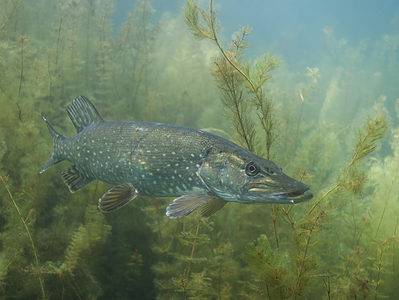Below you can find a complete list of Albanian animals. We currently track 238 animals in Albania and are adding more every day!
Albania is a small southeastern European country situated against the Adriatic and the Mediterranean Sea, directly across from the boot of Italy. It shares a land border with Kosovo and Montenegro to the north, Macedonia to the east, and Greece to the south. About 75% of the landmass is dominated by hills and mountains which rise to more than 650 feet above sea level, including the Albanian Alps in the north, the aptly named Central Mountain Range, and the Ceraunian Mountains in the southwest. The part of the country closest to the coast is covered by low, fertile plains. Albania is particularly rich in bats, deer, rodents, carnivores, insects, and migrating birds.
The Official National Animal of Albania
The golden eagle is the national animal of Albania. It is an important element of Albanian folklore, featuring in folk songs, and a double-headed eagle also adorns the coat of arms and the country’s flag.
Albania is one of several countries in the world to have the golden eagle as its national animal, with others being Germany, Austria, Mexico, and Kazakhstan.
The large raptor has a wingspan on average around 5.9-8.2 feet, and can be found in the rocky peaks of the Albanian Alps. The bird is a protected species and threatened with extinction due to widespread poaching and habitat loss. Experts believe that around 25 years ago there were between 100 and 200 couples of golden eagles, and now there are only about half that many in existence in Albania. The national animal of Albania is the golden eagle. ©elmehdi.ph/Shutterstock.com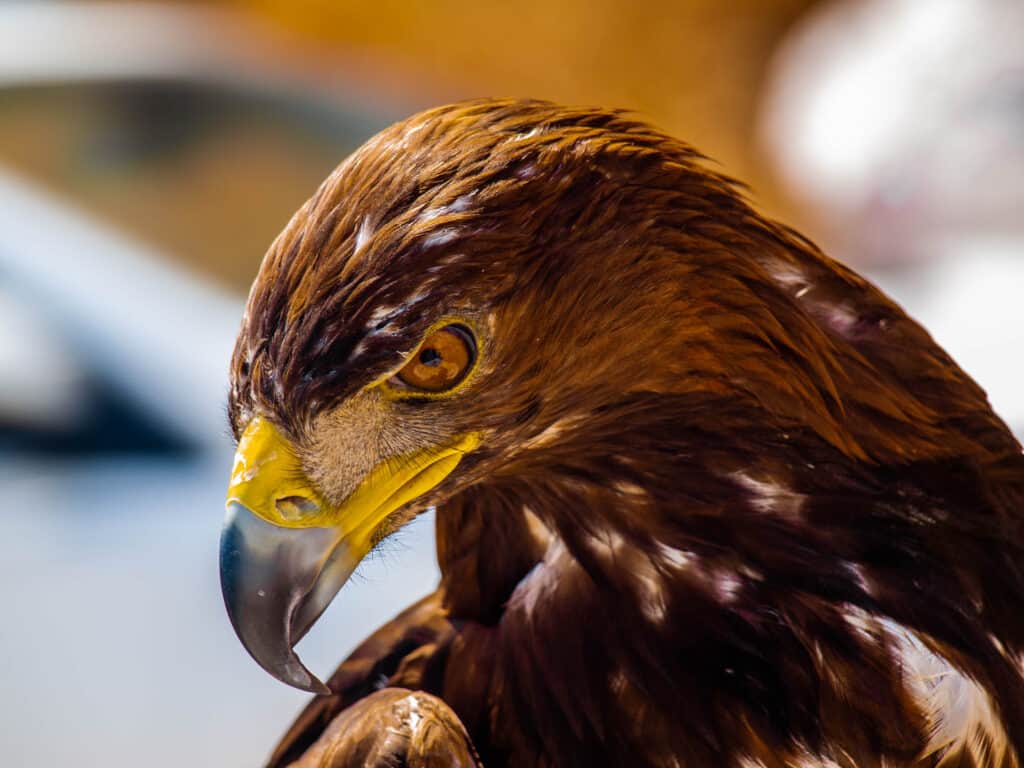
Where to Find the Top Wild Animals in Albania
In order to protect its rich wildlife, Albania has established 14 national parks and marine parks, encompassing about 6.7% of the overall territory. It also has hundreds more protected refuges and important areas for birds.
- Butrint National Park, located to the very south of Albania in Vlore County, comprises about 36 square miles of hills, wetlands, salt marshes, plains, freshwater lakes, and reed beds. As part of a UNESCO World Heritage Site and an important bird area, Butrint bears the names of the ancient Greek and Roman cities which form the most important element of the park. Visitors can find a diverse range of wildlife, including foxes, golden eagles, peregrine falcons, plovers, egrets, fire salamanders, beech martens, sea turtles, and dolphins. It’s also a potential habitat of the rare Mediterranean monk seal.
- Shebenik-Jabllanice National Park, located in the eastern county of Elbasan near the Macedonian border, offers 131 square miles of glacial lakes, valleys, alpine meadows, and dense forests. Visitors can sometimes catch a glimpse of red foxes, weasels, martens, badgers, bats, wolves, and bears. The most elusive animal of all is the incredibly rare Balkan lynx.
- Dajti National Park is located directly to the east of the capital, Tirana. Encompassing more than 100 square miles, then park bears the name of the mountain in the Skanderberg range. It is a good place to find foxes, wolves, hares, wild cats, and even bears. Dajti is also directly adjacent to the Shtame Pass National Park, Kraste-Verjon Protected Landscape, and Mali me Gropa-Bize-Martanesh Protected Landscape.
- Valbonë Valley National Park is located near the northern border with Montenegro. Despite encompassing only 30 square miles, the park contains a diverse range of waterfalls, glacial springs, rock formations, and dense forests. Golden eagles, bears, falcons, owls, herons, plovers, deer, wild boar, chamois, and many other birds are all found here.
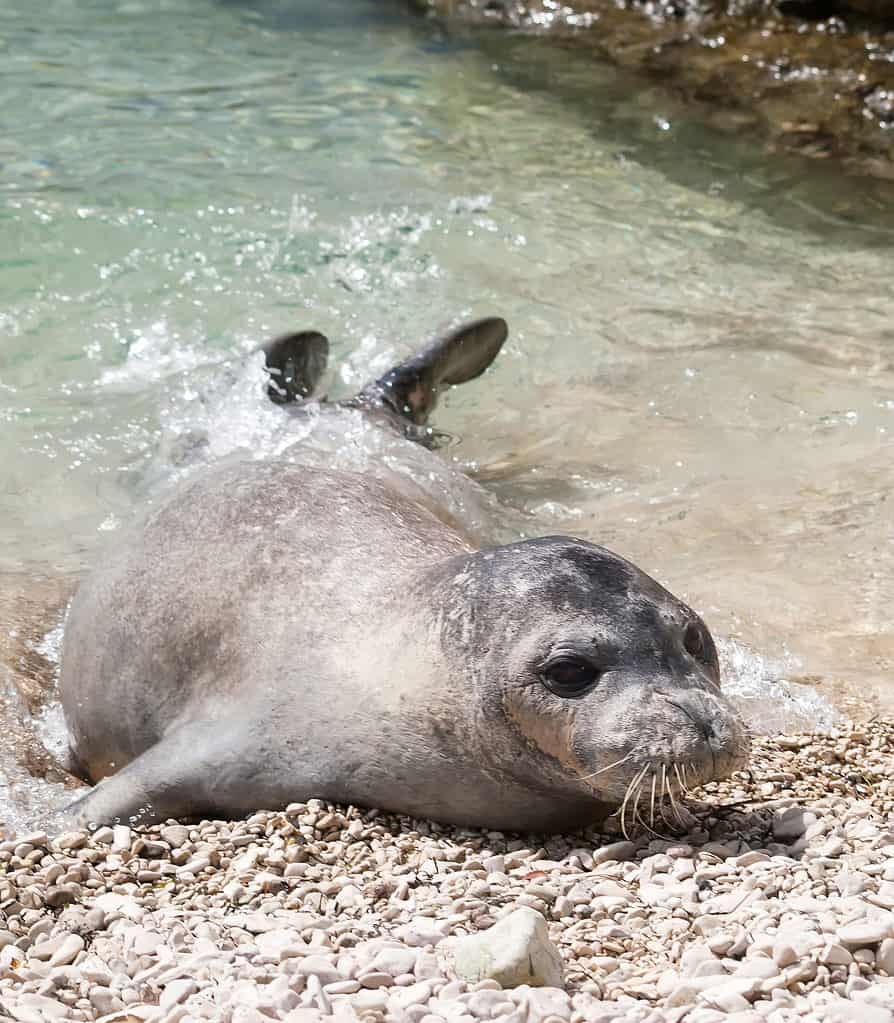
Butrint National Park is a potential habitat for the endangered Mediterranean monk seal.
©iStock.com/sewer11
Largest Animals in Albania
The largest animal in Albania is also the largest toothed predator in the world: the sperm whale. These massive giants of the sea can weigh on average 35 to 45 tons and grow to 49 to 59 feet in length. This very rare creature has been seen in the waters of the Karaburun-Sazan Marine Park on Albania’s southwestern coast.
Albania is home to the brown bear, which is the second-largest bear species after the polar bear. Brown bears can weigh between 300 and 860 pounds and reach a height of 5-9.2 feet. They are present throughout Albania, including its mountainous northern, central, and southern regions, and play an important role in maintaining the country’s biodiversity. However, these bears are endangered and despite being protected by the Albanian government their numbers have declined to such an extent that there are now thought to be only about 180-200 individuals surviving in the Albanian Alps.
The Dalmatian pelican is the largest of the pelican family, one of the biggest bird species on the planet and the heaviest flying animal in the world. Weighing in at around 33 pounds at most, it has a huge wingspan of 8.8 to 10.4 feet. This pelican is critically endangered and can be found in breeding season in the lagoon waters of Divjakë-Karavasta National Park in western Albania.
The Illyrian shepherd dog is a large, strong sheep-guarding breed now more commonly known as the Sarplaninac, named for the Sharplanina mountain range. Fully grown females weigh on average 65-88 pounds, while males can grow to weigh 100 pounds, with their heights typically 22.5-24 inches. They can be found in the remote, high altitude northeastern parts of Albania. Sperm whales can be found in Karaburun-Sazan Marine Park on the southwestern coast of Albania.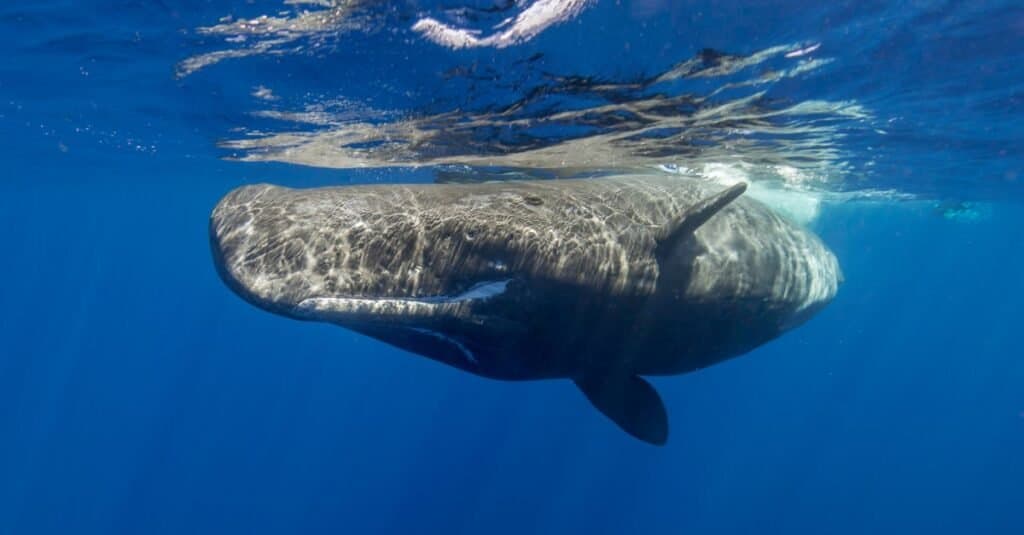
©wildestanimal/Shutterstock.com
The Most Dangerous Animals in Albania Today
Albania is home to only about five species of venomous snakes and a few other large carnivores. Death from wildlife is relatively rare, but some species can cause quite a lot of pain and suffering.
- Nose-horned viper: Easily identified by the unique horn emerging from the snout, the nose-horned viper (also known by the names of long-nosed viper, sand viper, and horned viper) is probably the most dangerous snake in all of Albania. Bite victims will likely experience pain, swelling, and discoloration around the injection site.
- Mediterranean black widow: These spiders possess a venom that can cause convulsions, muscle cramps, and chills, lasting for a few days to weeks, however their bite is rarely fatal. Black widows, which live in grassy or rocky areas with a warm climate, usually only bite if surprised or threatened.
- Eurasian wolves: Typically found in Albania’s mountainous and alpine zones, these wolves’ attacks generally are driven by infections from rabies. However, when food sources are scare, they have been reported to attack isolated small children, so care is needed to protect kids from harm in the rare event of encountering a wolf in its natural habitat.
- Brown bear: Albania is home to a very small population of bears. While attacks are exceptionally rare, even when encountered on foot, bears may become aggressive if they feel threatened or startled. The biggest number of attacks occurs when a mother is protecting her cubs.
- Common European viper: Found all throughout Europe, this snake is not the most venomous, but it is responsible for more bites than almost any other snake. Symptoms of its venom include pain, swelling, blisters, and even tingling. Respiratory failure only occurs in a small number of untreated cases, mostly among the old, young, or already sick.

Identified by its horn arising from its snout, the nose-horned viper is likely Albania’s most dangerous snake.
©iStock.com/taviphoto
Endangered Animals in Albania
The forests and mountains of Albania are a haven for some of the rarer European wildlife, but several of these species are at risk of becoming extinct.
- Egyptian vulture: The Egyptian vulture (also known by the names of the white scavenger vulture and pharaoh’s chicken) breeds in southeastern Europe and travels south toward Africa for the winter. Due to the combined effects of hunting, power line collisions, accidental ingestion of lead and pesticides, and intentional poisoning, this bird is now endangered.
- Albanian water frog: Native to the swamps and marshes of western Albania and southern Montenegro, this unique species of frog has declined dramatically from its height. It’s now endangered from pollution, habitat loss, and poaching for commercial purposes.
- Green sea turtle: This endangered turtle has two populations, one in the Atlantic and the other in the Pacific regions, however it does migrate in the Mediterranean Sea and is found in Albania.
- Wild cock: This large, endangered bird lives in mountainous areas, coniferous or mixed forests, and rocky regions. At the end of spring they migrate to meadows, where males perform mating dances.
Wild animals are also at risk of being hunted and sold as part of the live animal trade, despite species being protected and a ban on hunting in place in Albania since 2014. Authorities say the ban has curtailed sizable number of the 2,000-3,000 hunters from outside of Albania, including Italy, who are said to have killed more than 150,000 birds within the past decade. However, the ban has its limitations as the punishment for breaching the ban is to pay a fine.
There have been reports of numerous markets in the country selling native species including brown bears, foxes, wolves, and birds of prey, with the buyers mostly restaurant and hotel owners who want to use the animals as live or stuffed tourist attractions. Additionally, several restaurants have been known to openly include wild game, including the endangered brown bear, on their menus. The Egyptian vulture, which breeds in southeastern Europe, is one endangered species found in Albania.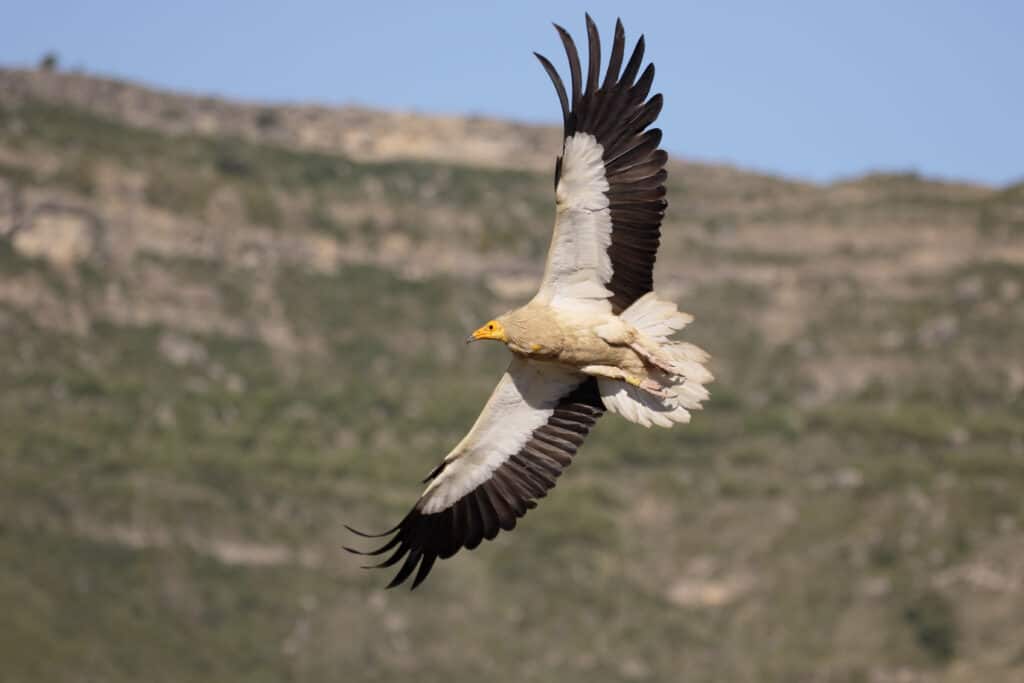
©Erni/Shutterstock.com
Rare Animals of Albania
The Mediterranean monk seal is one of the world’s rarest seal species and the sole seal present in Albania. Numbers have fallen to fewer than 700 in the entire Mediterranean due to overhunting and loss of suitable coastline. This large, earless seal can be mainly found in southern Albania’s rocky coastal regions including Karaburun Peninsula, Sazan Island, and Ksamil Islands.
The Balkan lynx, the largest wild cat in Europe, is one of the rarest felines on Earth and critically endangered. Native to eastern Albania, it’s estimated there are just 15-20 individuals now in existence in the region due to illegal poaching and habitat loss, with forests cleared for firewood and construction uses. It is a criminal offense to kill a Balkan lynx and can lead to a sentence of up to seven years in jail. It is a subspecies of the Eurasian lynx, which is very rarely seen in Albania as it was once widespread across Europe but there are now only scattered populations in the continent.
Not only is the Dalmatian pelican one of the largest birds in the country, but it is also one of the rarest. It is classified as critically endangered in Albania and considered threatened in all other countries where they breed and migrate to and from.
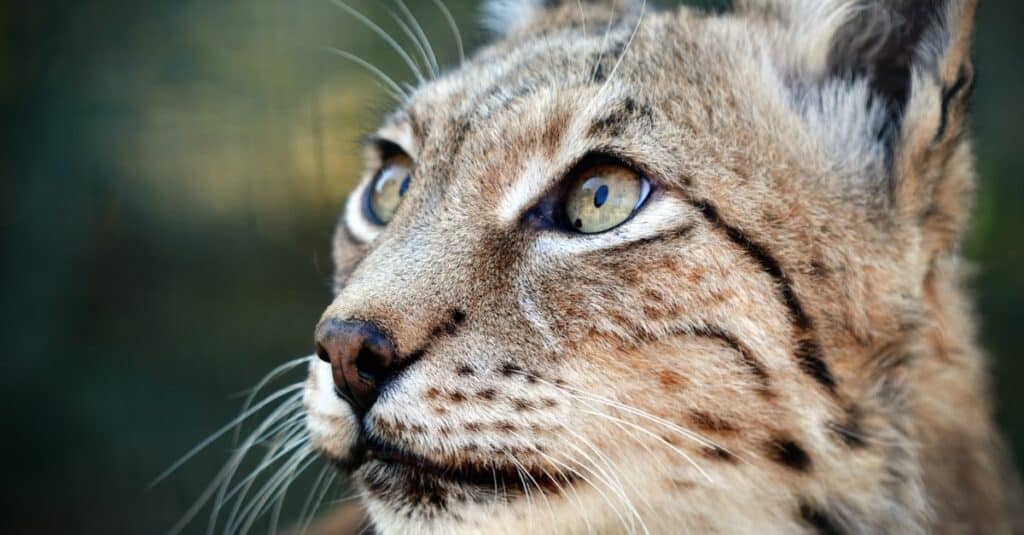
The Balkan lynx is native to eastern Albania and it’s estimated there are only 15-20 left in the wild.
©Panagiotis Komninelis/Shutterstock.com
Flag of Albania
The Albanian flag consists of a red field representing bravery, strength, valor and bloodshed with a black two-headed eagle in the center. Since the Middle Ages, the double-headed eagle has served as a representation of Albania and its monarchs.
This became the national flag in 1912 following Albania’s independence from the Ottoman Empire.
The flag has been modified over the years under different regimes’ rule. During the reign of King Zog from 1928 to 1939, a crown was added to the flag. It was replaced by two fasces (bundle of wooden rods sometimes including an ax) under Italy’s occupation of Albania. Following World War II, the communist regime inserted a five-pointed golden star that was removed in April 1992 after the communist government lost power. A double-headed eagle is featured in the center of Albania’s flag. ©iStock.com/EA
Albanian Animals

Admiral Butterfly
Stunningly beautiful wings

Ant
First evolved 100 million years ago!

Armyworm
They are so named because they "march" in armies of worms from one crop to another in search of food

Aurochs
Extinct ancestor of all domesticated cattle!

Avocet
Has a curved, upturned beak!
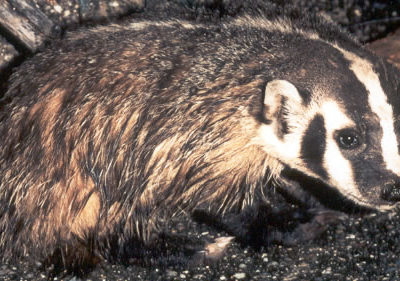
Badger
Can reach speeds of 30 km/h!
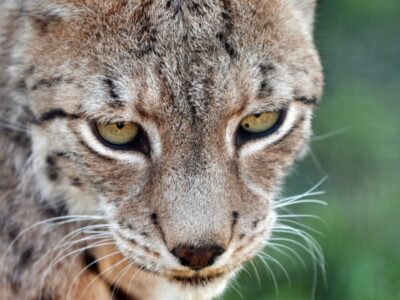
Balkan Lynx
The Balkan lynx communicates mostly with its ears

Barn Owl
Found everywhere around the world!

Barn Swallow
Older offspring help care for new hatchlings.

Bat
Detects prey using echolocation!

Bed Bugs
Bed bugs feed for 4-12 minutes.

Bee
Rock paintings of bees date back 15,000 years

Beetle
There are more than 350,000 different species

Beewolf wasp
They hunt bees

Bird
Not all birds are able to fly!

Biscuit Beetle
The biscuit beetle form a symbiotic relationship with yeast

Black Widow Spider
They typically prey on insects!
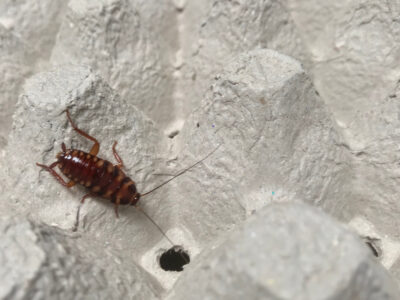
Brown-banded Cockroach
Females glue egg cases to furniture

Brown Bear
A dominant predator in it's environment!

Brown Dog Tick
Can live its entire life indoors

Bumblebee
The most common species of bee!

Butterfly
There are thought to be up 17,500 species!

Camel Cricket
The camel crickets that are found in the USA are light brown in color. They also have dark streaks all over their body.

Carpenter Ant
Carpenter ants can lift up to seven times their own weight with their teeth!

Cat
May have been domesticated up to 10,000 years ago.

Caterpillar
The larvae of a moth or butterfly!

Catfish
There are nearly 3,000 different species!

Centipede
There are about 3,000 documented species!

Chamois
Natively found in the European mountains!

Chicken
First domesticated more than 10,000 years ago!
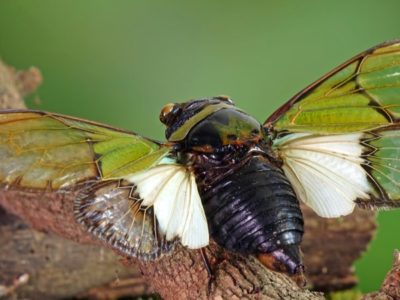
Cicada
Cicadas have one of the longest insect lifespans

Cockroach
Dated to be around 300 million years old!

Codling Moth
Pupae are able to undergo diapause to survive poor fruit yield years and winter.

Common Buzzard
The most common raptor in the UK!

Common European Adder
European adders are the only snake that lives above the Arctic Circle.
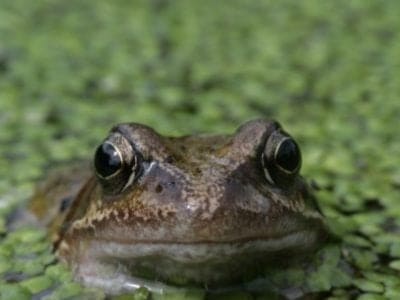
Common Frog
Found throughout the European continent!

Common Furniture Beetle
The common furniture beetle feeds exclusively on wood

Common House Spider
House spiders have the ability to eat most insects in a home.
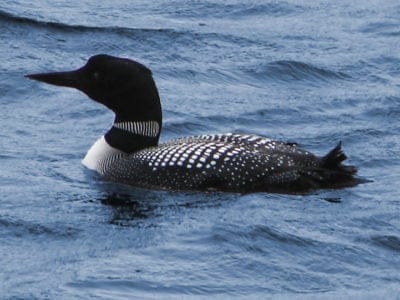
Common Loon
Also known as the Great Northern Diver

Common Raven
A group of ravens is called an unkindness or a conspiracy.

Common Toad
Most active in wet weather!

Cormorant
They can fly 35 mph and dive 150 feet below water.

Cow
There are nearly 1.5 billion worldwide!

Crab
There are 93 different crab groups

Crab Spider
Crab Spiders can mimic ants or bird droppings

Crane
Many are critically endangered species!

Cricket
Male crickets can produce sounds by rubbing their wings together

Crow
A group of these birds is called a Murder.

Dalmatian
Have an energetic and playful nature!
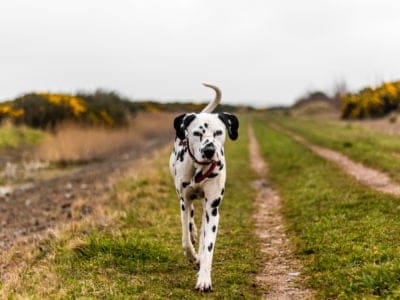
Dalmatian Mix
These canine’s spots are distinctive in their placement, including different shaped markings, making them unique.

Deer
There are around 40 different species!
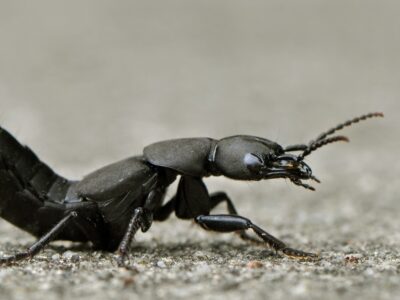
Devil’s Coach Horse Beetle
The Devil’s coach horse beetle can emit a noxious substance to deter predators

Dog
First domesticated in South-East Asia!

Dog Tick
Dog ticks feed on dogs and other mammals

Donkey
First domesticated 5,000 years ago!

Dragonfly
It's larvae are carnivorous!

Duck
Rows of tiny plates line their teeth!

Dung Beetle
The dung beetle can push objects many times its own weight

Eagle
Has exceptional eyesight!

Earthworm
They are hermaphrodites, which means they have male and female organs

Earwig
There are nearly 2,000 different species!

Edible Frog
Are known to guard the muddy banks!

Eel
Eels can be a mere few inches long to 13 feet!
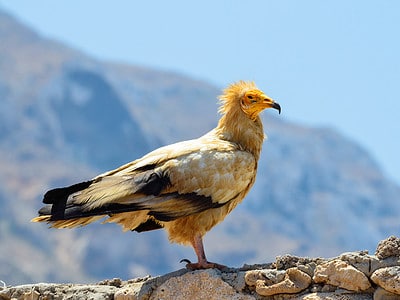
Egyptian Vulture
They steal large ostrich eggs and use rocks and pebbles to crack the shells.
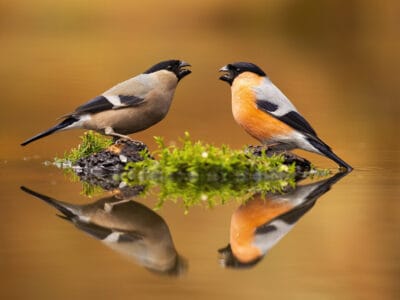
Eurasian Bullfinch
The shy eurasian bullfinch prefers to forage very close to cover.

Eurasian Eagle-owl
The Eurasian Eagle-owl is the second largest owl in the world with a wingspan up to six feet!
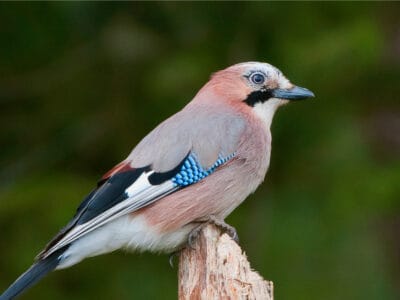
Eurasian Jay
The Eurasian jay has the ability to mimic other sounds
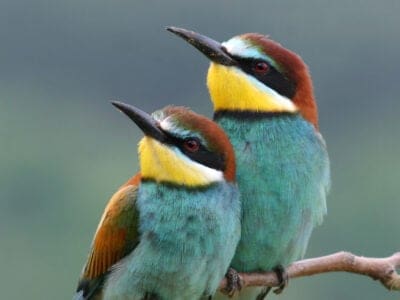
European Bee-Eater
They can eat up to 250 bees per day!
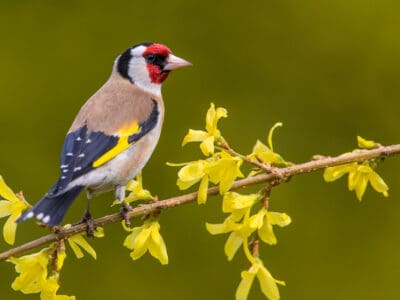
European Goldfinch
They are frequent visitors to backyard feeders, especially those containing niger seeds.

European Robin
Male robins are so aggressive and territorial that they will attack their own reflections.

Falcon
The fastest creatures on the planet!

Fallow deer
The fallow deer has more variation in its coat colors than most other deer.

False Widow Spider
False spiders actually prey on black widow spiders and other hazardous spiders
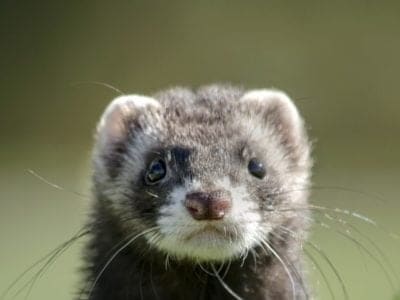
Ferret
Ferrets can be trained to do tricks like dogs!
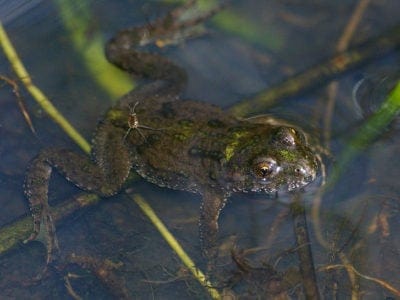
Fire-Bellied Toad
Found across mainland Europe and Asia!
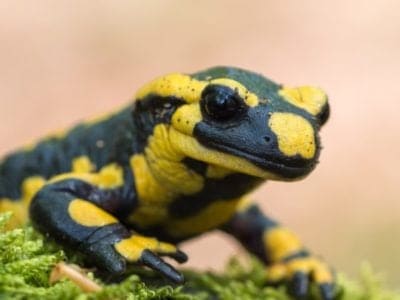
Fire Salamander
Its name comes from the fact that people once believed it was born in fire

Firefly
The firefly produces some of the most efficient light in the world

Flea
Adult fleas can jump up to 7 inches in the air

Fly
There are more than 240,000 different species!

Flying Squirrel
Can glide up to 90 meters!

Fox
Only 12 species are considered "true foxes"

Frog
There are around 7,000 different species!

Fruit Fly
Fruit flies are among the most common research animals in the world
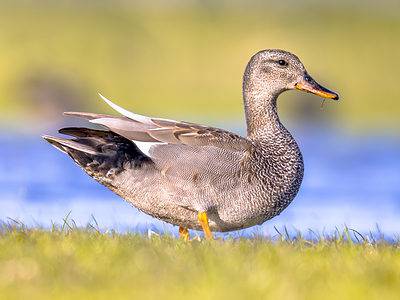
Gadwall
They make many sounds when trying to attract a mate.

German Cockroach
The most common type of urban roach

Glass Lizard
Can grow up to 4ft long!

Glowworm
Found inhabiting dense woodland and caves!

Gnat
Males form large mating swarms at dusk

Goat
Most closely related to the Sheep!

Goldcrest
The goldcrest never starts moving and needs to consume for most of the day to survive. Therefore, in the colder months, it's best that eat 90% a day.

Golden Eagle
Their calls sound like high-pitched screams, but they are quiet most of the time.

Golden Oriole
Migrates between Europe and Asia!

Goose
There are 29 different species!

Grasshopper
There are 11,000 known species!
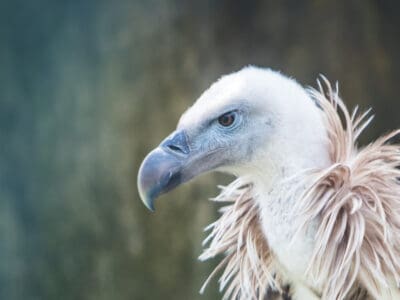
Griffon Vulture
Can spot a dead animal from thousands of feet away

Gypsy Moth
One of the most invasive species in the world

Hamster
Able to run as quickly backwards as forwards!

Hare
Can reach speeds of over 50 mph!

Hawk Moth Caterpillar
Many hawk moth caterpillars eat toxins from plants, but don’t sequester them the way milkweed butterflies do. Most toxins are excreted.

Hedgehog
Thought to be one of the oldest mammals on Earth!

Heron
Inhabits wetlands around the world!

Highland Cattle
Natively found in the Scottish Highlands!

Honey Bee
There are only 8 recognized species!
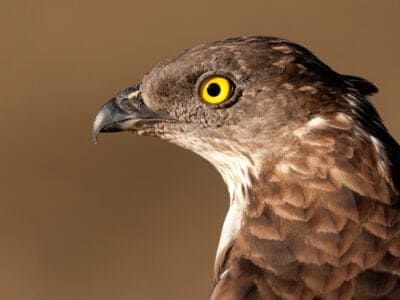
Honey Buzzard
Honey buzzards are medium-sized raptors that earned their names by raiding the nests of bees and wasps.

Hoopoe
Stunning bird with a stinky way to deter predators!

Horse
Has evolved over 50 million years!

Horsefly
Horseflies have been seen performing Immelmann turns, much like fighter jets.

Housefly
The fly has no teeth

Human
Thought to have orignated 200,000 years ago!

Huntsman Spider
Some huntsman spiders have an interesting way of moving around. Some cartwheel while others do handsprings or backflips.

Insects
There are an estimated 30 million species!
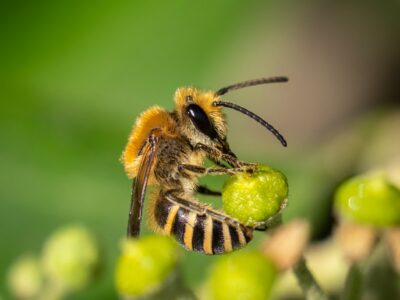
Ivy Bee
N/A

Jack Crevalle
One of the biggest species in the Caranx genus
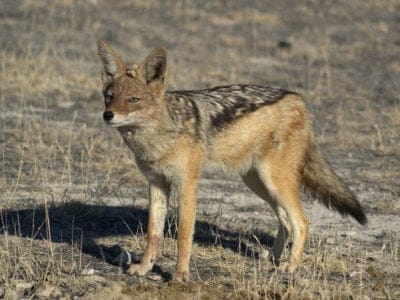
Jackal
Can maintain speeds of 16 km/h!

Jackdaw
The jackdaw tends to mate for life with a single partner

Jumping Spider
Some can jump 50 times the length of their bodies

Kingfisher
Inhabits wetlands and woodlands worldwide!

Ladybug
There are more than 5,000 species worldwide!
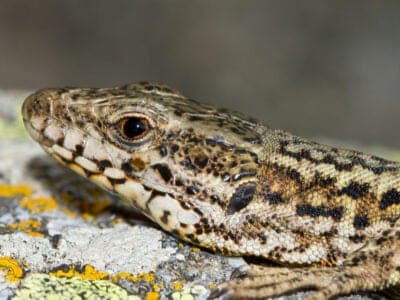
Lazarus Lizard
Lazarus Lizards can communicate through chemical and visual signals.

Leech
Has 10 pairs of eyes!

Lemming
Does not hibernate during the bitter Arctic winter!

Linnet
While linnets are monogamous during mating season, they do not mate for life. While breeding pairs are together, the males are highly territorial and will defend the nesting site and the surrounding area.

Lizard
There are around 5,000 different species!

Locust
Each locust can eat its weight in plants each day.

Long-Eared Owl
Ear tufts make it look bigger!
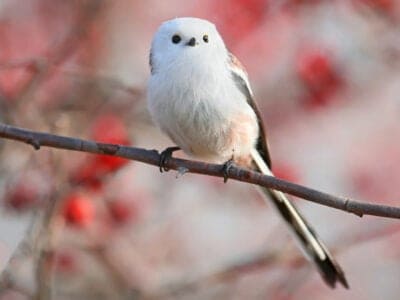
Long-Tailed Tit
Often hangs upside down while feeding!

Magpie
They are found across Europe, Asia and Africa!

Marsh Frog
Has bright green skin!

Mayfly
There are 2,500 known species worldwide!

Mealybug
They have a symbiotic relationship with ants.
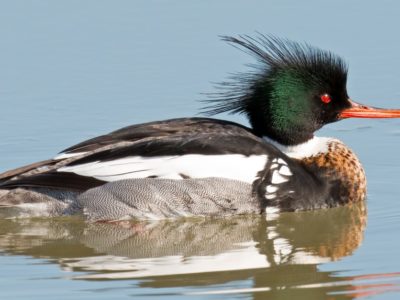
Merganser
They line their nests with their feathers

Millipede
Some species have a poisonous bite!

Mink
The mink can swim up to 100 feet underwater.

Mole
Primarily hunts and feeds on Earthworms!

Mole Cricket
Adult Mole crickets may fly as far as 5 miles during mating season and are active most of the year.

Mongrel
Has characteristics of two or more breeds!

Moorhen
Feeds on aquatic insects and water-spiders!

Mosquito
Only the female mosquito actually sucks blood

Moth
There are 250,000 different species!

Mouse
Found on every continent on Earth!

Mule
The offspring of a horse and donkey parents!

Neanderthal
Roamed Asia and Europe for around 100,000 years!

Nematode
Nematodes range in size from 1/10 of an inch to 28 feet long

Newt
Able to regrow lost or damaged limbs!

Nightingale
Named more than 1,000 years ago!

No See Ums
There are more than 5,000 species.

Northern Pintail
Northern pintails migrate at night with speeds reaching 48 miles per hour!
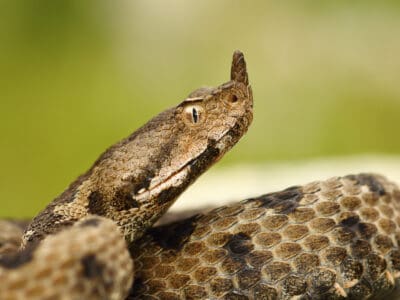
Nose-Horned Viper
The fangs of a nose-horned viper can be as long as half an inch!

Old House Borer
Depending on the habitat and climate, these beetles can live between 2 to 10 years, often staying in their larval stage for several years, making them extremely dangerous to wooden structures.
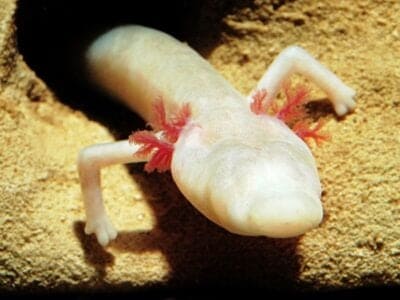
Olm
Inhabits dark underwater caves

Orb Weaver
Females are about four times the size of males

Ortolan Bunting
The tradition of hiding your face with a napkin or towel while eating this bird was begun by a priest who was a friend of the great French gastronome Jean Anthelme Brillat-Savarin.

Osprey
They reuse nesting sites for 70 years!

Otter
There are 13 different species worldwide

Owl
The owl can rotate its head some 270 degrees

Peregrine Falcon
Fastest animal on Earth

Pheasant
Females lay between 8 and 12 eggs per clutch!

Pig
Thought to have been domesticated in 9,000 BC!

Pigeon
They can find their way back to their nests from up to 1300 miles away.

Pika
Found in mountainous regions and rocky areas

Pine Marten
A pine marten can jump from tree to tree similar to a squirrel.

Pompano Fish
They are bottom-feeders

Pond Skater
There are 500 different species!
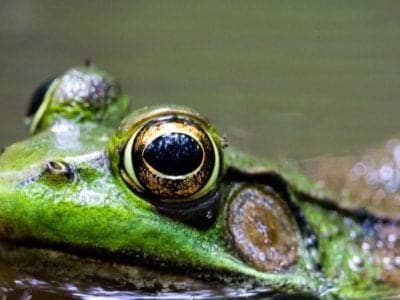
Pool Frog
The rarest amphibian in the UK!

Porcupine
There are 30 different species worldwide!

Praying Mantis
The mantis can turn its head 180 degrees.

Purple Emperor Butterfly
Inhabits deciduous forests!
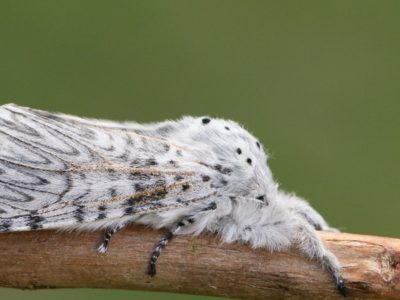
Puss Moth
Caterpillars squirt formic acid!

Quail
Inhabits woodland and forest areas worldwide!

Rabbit
There are more than 300 different species!
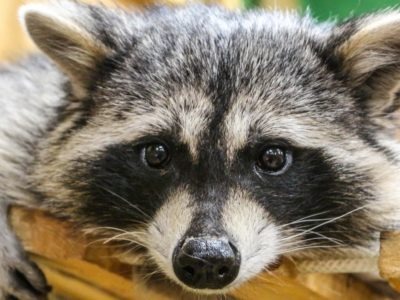
Raccoon
Known to wash their food before eating it!
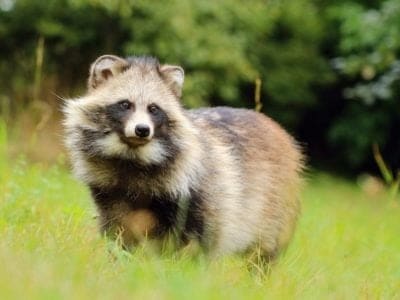
Raccoon Dog
The only hibernating canine!

Rat
Omnivores that eat anything!

Rat Snakes
Rat snakes are constrictors from the Colubridae family of snakes.
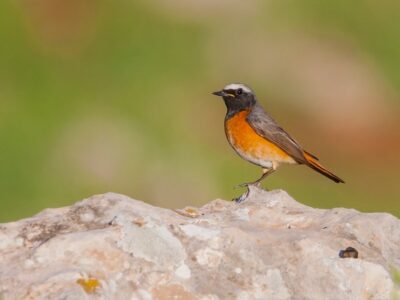
Redstart
They build their nests off the ground in tree holes, cavities, stone walls, and roofs

River Turtle
Inhabits freshwater habitats around the world!

Robin
There are more than 45 species in Australia alone!

Rodents
The capybara, the world’s largest rodent, likes to be in and around bodies of water. Because of this, the Catholic Church in South America decided that it was a fish, and people were allowed to eat it during Lent and First Fridays.
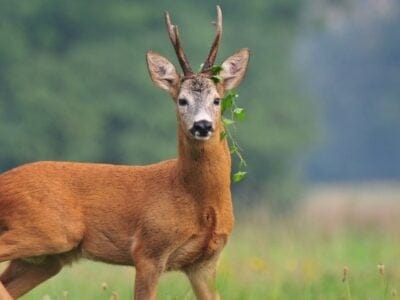
Roe Deer
The roe is one of the most popular game animals in Europe

Rooster
Will mate with the entire flock!
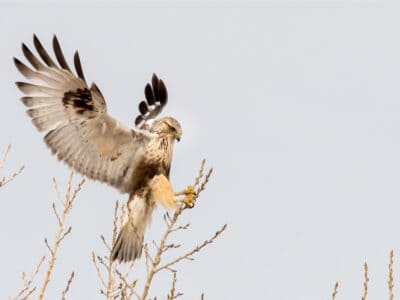
Rough-Legged Hawk (Rough-Legged Buzzard)
Its scientific name, lagopus, is Ancient Greek for “hare” and “foot,” referring to its feathered feet and toes.

Sable Ferret
Ferrets were used during the Revolutionary War to keep down the rat population.

Salamander
There are more than 700 different species!

Sand Crab
The sand crab burrows beneath the sand with its tail
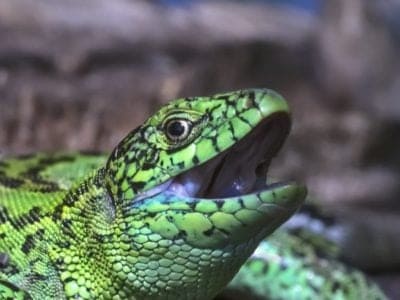
Sand Lizard
Males turn green in spring!

Scorpion
There are around 2,000 known species!

Sea Eagle
The sea eagle tends to mate for life with a single partner

Seahorse
Males give birth to up to 1,000 offspring!

Short-Eared Owl
The short-eared owl is one of the most widespread owl species in the world, covering five continents.

Shrew
The spinal column of the shrew Scutisorex somereni is so strong and reinforced that it can support the weight of an adult human.

Shrimp
There are 2,000 different species worldwide!

Skink Lizard
Some skinks lay eggs in some habitats while giving birth to skinklets in other habitats.

Slow Worm
Found widely throughout British gardens!

Slug
They glide around on one foot, which is aided by the slime they produce

Smokybrown Cockroach
Has up to 45 eggs per egg case

Snail
There are nearly 1,000 different species!

Snake
There are around 4,000 known species worldwide

Snowy Owl
One of the largest owl species in the world!
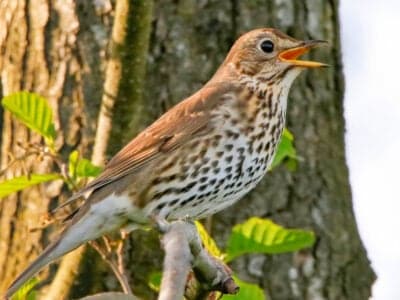
Song Thrush
A male song thrush can have over 100 phrases in his repertoire of songs and can imitate pet birds, telephones and other man-made objects.

Spadefoot Toad
They spend most of their time underground!

Sparrow
There are 140 different species!

Spider Wasp
They prey on spiders to feed their larvae or they parasitize other spider wasps.

Squirrel
Small rodents found in woodlands worldwide!

Stick Insect
There are more than 3,000 different species!

Stoat
Average adults weigh about 200 grams!

Stork
They can’t sing like other birds.

Swan
Populations have been affected by pollution!
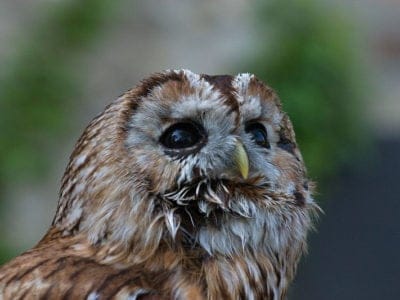
Tawny Owl
The most widespread owl in Europe!

Termite
Their mounds can be up to 9 meters tall!
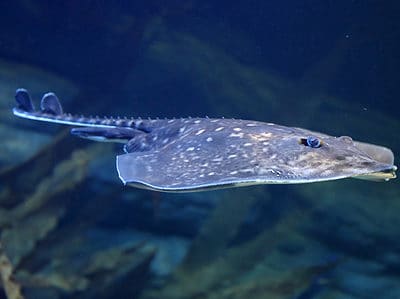
Thornback Ray
The skate with the biggest spines!

Thrush
The American robin is called the robin because its red breast reminded European settlers of the robin back in the old country.

Tick
They inject hosts with a chemical that stops them from feeling the pain of the bite

Tiger Beetle
The adult tiger beetle is one of the fastest land insects in the world
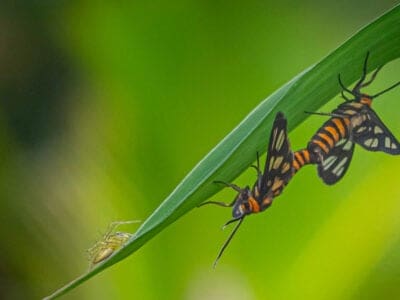
Tiger Moth
The bright colors of this moth are a signal to predators that it has a terrible taste.

Tree Frog
Found in warmer jungles and forests!

Turtles
Some species of aquatic turtles can get up to 70 percent of their oxygen through their butt.

Ural owl
The Ural owl can rotate its head up to 270 degrees

Viper
Vipers are one of the most widespread groups of snakes and inhabit most

Vulture
There are 30 different species worldwide!

Wasp
There are around 75,000 recognised species!

Water Buffalo
Has been domesticated for thousands of years!
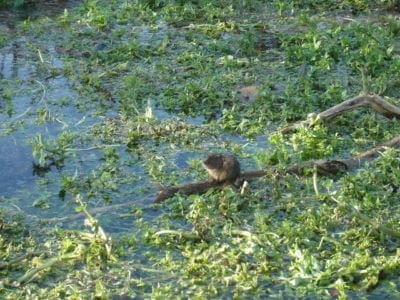
Water Vole
The largest Vole species in the UK!

Wax Moth
The Wax Moth larvae are more dangerous than the adult.

Weasel
The smallest carnivorous mammal in the world!

White Ferret / Albino Ferrets
There are two different types of white ferrets!
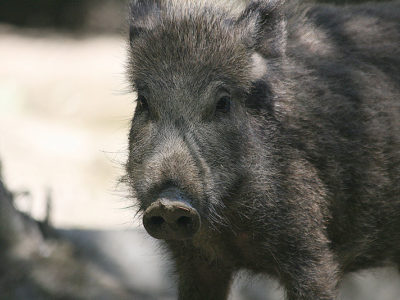
Wild Boar
Males have a top tusk to sharpen the bottom one!

Wolf
Thought to date back more than 300,000 years!

Wolf Spider
Carnivorous arachnid that hunts its prey.

Woodlouse
This animal can roll up into a ball

Woodlouse Spider
Unlike most spiders, woodlouse spiders don’t build a web.

Woodpecker
There are 200 different species!

Worm
Doesn’t have eyes.

Wryneck
They feign death by making their bodies limp and closing their eyes.

Yellowhammer
It interbreeds with the pine bunting
Albanian Animals List
- Admiral Butterfly
- Ant
- Armyworm
- Aurochs
- Avocet
- Badger
- Balkan Lynx
- Barn Owl
- Barn Swallow
- Bat
- Bed Bugs
- Bee
- Beetle
- Beewolf wasp
- Bird
- Biscuit Beetle
- Black Widow Spider
- Brown-banded Cockroach
- Brown Bear
- Brown Dog Tick
- Bumblebee
- Butterfly
- Camel Cricket
- Carpenter Ant
- Cat
- Caterpillar
- Catfish
- Centipede
- Chamois
- Chicken
- Cicada
- Cockroach
- Codling Moth
- Common Buzzard
- Common European Adder
- Common Frog
- Common Furniture Beetle
- Common House Spider
- Common Loon
- Common Raven
- Common Toad
- Cormorant
- Cow
- Crab
- Crab Spider
- Crane
- Cricket
- Crow
- Cuckoo
- Dalmatian
- Dalmatian Mix
- Deer
- Devil’s Coach Horse Beetle
- Dog
- Dog Tick
- Donkey
- Dormouse
- Dragonfly
- Duck
- Dung Beetle
- Eagle
- Earthworm
- Earwig
- Edible Frog
- Eel
- Egyptian Vulture
- Eurasian Bullfinch
- Eurasian Eagle-owl
- Eurasian Jay
- European Bee-Eater
- European Goldfinch
- European Robin
- Falcon
- Fallow deer
- False Widow Spider
- Ferret
- Fire-Bellied Toad
- Fire Salamander
- Firefly
- Flea
- Fly
- Flying Squirrel
- Fox
- Frog
- Fruit Fly
- Gadwall
- German Cockroach
- Glass Lizard
- Glowworm
- Gnat
- Goat
- Goldcrest
- Golden Eagle
- Golden Oriole
- Goose
- Grasshopper
- Griffon Vulture
- Gypsy Moth
- Hamster
- Hare
- Hawk Moth Caterpillar
- Hedgehog
- Heron
- Highland Cattle
- Honey Bee
- Honey Buzzard
- Hoopoe
- Horse
- Horsefly
- Housefly
- Human
- Huntsman Spider
- Insects
- Ivy Bee
- Jack Crevalle
- Jackal
- Jackdaw
- Jumping Spider
- Kingfisher
- Ladybug
- Lazarus Lizard
- Leech
- Lemming
- Linnet
- Lizard
- Locust
- Long-Eared Owl
- Long-Tailed Tit
- Magpie
- Marsh Frog
- Mayfly
- Mealybug
- Merganser
- Millipede
- Mink
- Mole
- Mole Cricket
- Mongrel
- Moorhen
- Mosquito
- Moth
- Mouse
- Mule
- Neanderthal
- Nematode
- Newt
- Nightingale
- No See Ums
- Northern Pintail
- Nose-Horned Viper
- Old House Borer
- Olm
- Orb Weaver
- Ortolan Bunting
- Osprey
- Otter
- Owl
- Peregrine Falcon
- Pheasant
- Pig
- Pigeon
- Pika
- Pike Fish
- Pine Marten
- Pompano Fish
- Pond Skater
- Pool Frog
- Porcupine
- Praying Mantis
- Purple Emperor Butterfly
- Puss Moth
- Quail
- Rabbit
- Raccoon
- Raccoon Dog
- Rat
- Rat Snakes
- Redstart
- River Turtle
- Robin
- Rodents
- Roe Deer
- Rooster
- Rough-Legged Hawk (Rough-Legged Buzzard)
- Sable Ferret
- Salamander
- Sand Crab
- Sand Lizard
- Scorpion
- Sea Eagle
- Seahorse
- Short-Eared Owl
- Shrew
- Shrimp
- Skink Lizard
- Slow Worm
- Slug
- Smokybrown Cockroach
- Snail
- Snake
- Snowy Owl
- Song Thrush
- Spadefoot Toad
- Sparrow
- Spider Wasp
- Squirrel
- Stick Insect
- Stoat
- Stork
- Swallowtail Butterfly
- Swan
- Tawny Owl
- Termite
- Thornback Ray
- Thrush
- Tick
- Tiger Beetle
- Tiger Moth
- Tree Frog
- Turtles
- Ural owl
- Viper
- Vulture
- Wasp
- Water Buffalo
- Water Vole
- Wax Moth
- Weasel
- White Ferret / Albino Ferrets
- Wild Boar
- Wolf
- Wolf Spider
- Woodlouse
- Woodlouse Spider
- Woodpecker
- Worm
- Wryneck
- Yellowhammer
Animals in Albania FAQs (Frequently Asked Questions)
What dangerous animals are in Albania?
Albania is home to several species of venomous vipers and large bears and wolves.
What prehistoric animals once roamed Albania?
Both the woolly mammoth and aurochs lived in prehistoric Albania but later became extinct. The lion also survived in prehistoric Europe even until the Stone Age.
Are there wolves in Albania?
Yes, Albania has a small but stable population of the Eurasian wolf which numbers around 250.
Are there monkeys in Albania?
With very few exceptions, monkeys are not native to Europe.
Are there bears in Albania?
Yes, the Eurasian brown bear subspecies can be found in the country’s remote forests and mountains.





